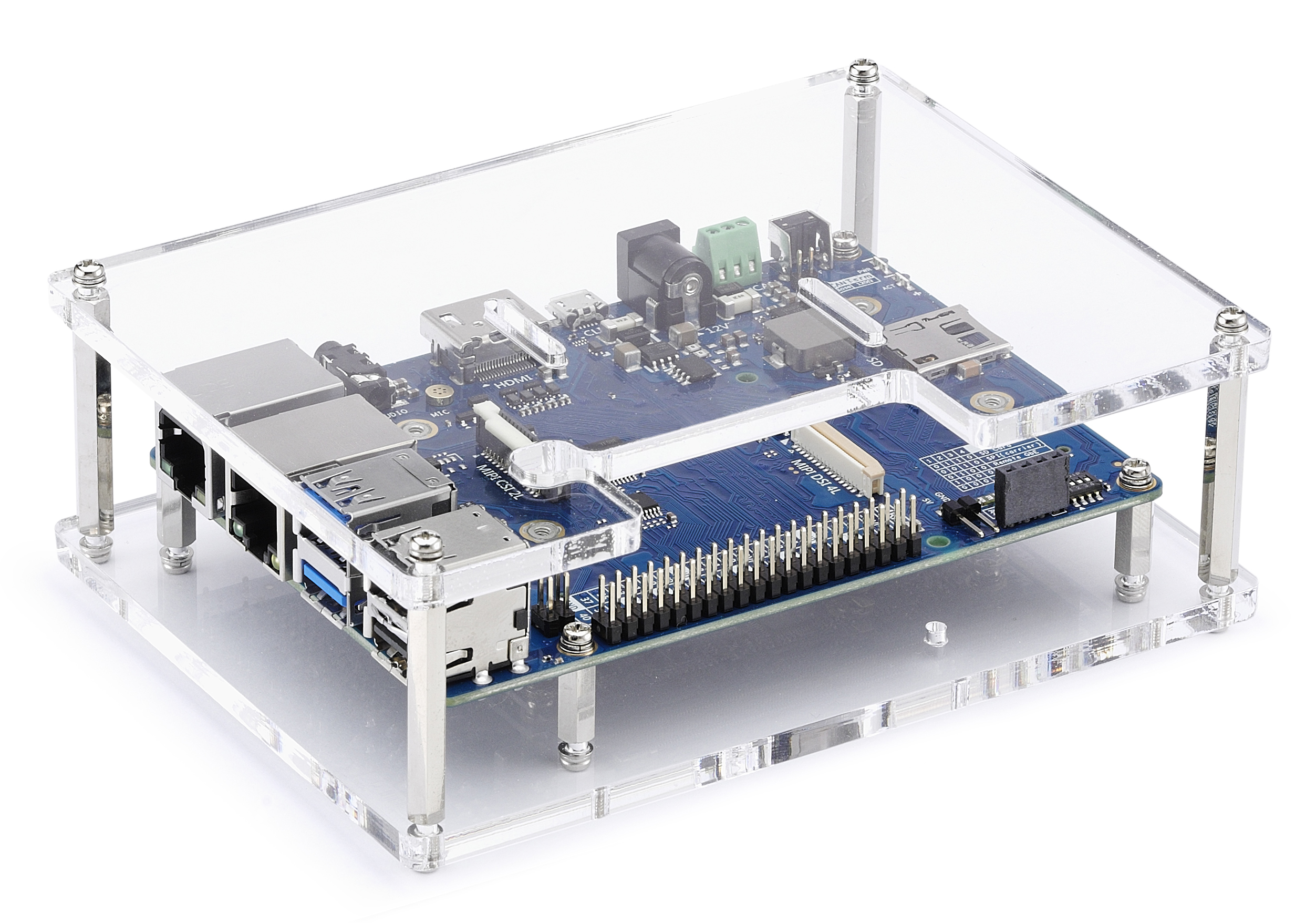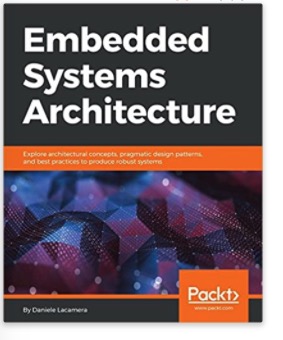Blog
Recent Posts
Development Starter Kit For Industrial Machine Vision Artificial Intelligence (AI)
Posted by on
ADLINK Technology has introduced its Vizi-AI with Intel by presenting a development starter kit for industrial machine vision artificial intelligence (AI).
The Vizi-AI starter development kit incorporates an Intel-Atom-based SMARC computer module with the Intel Distribution of OpenVINO toolkit and ADLINK Edge software. The development kit is now available through Arrow Electronics in the North America and EMEA regions.
Developers can connect the Vizi-AI to various image capture devices and then deploy and improve machine learning models to provide information from vision data to improve operational decision-making. Vizi-AI comes with a range of pre-built OpenVINO-compatible machine learning models that can be used right out of the box.
The development kit includes:
- Intel Atom based SMARC computer module with Intel Movidius Myriad X VPU and 40 pin connector.
- Intel Distribution of OpenVINO toolkit, which optimizes deep learning workloads across Intel architecture−including accelerators−and streamlines deployments from the edge to the cloud.
- ADLINK Edge software provides functionality of OpenVINO through the ADLINK Data River which enables data to flow freely and securely.
- ADLINK Edge Profile builder which provides a user experience to manage devices and applications.
- ADLINK Edge Model Manager which enables users to add their own models to a pre-loaded selection for deployment.
Furthermore, the Vizi-AI kit receives support through its community at www.goto50.ai, where users can find assistance, pre-built scenarios, and other valuable support.
Embedded Systems Architecture
Embedded systems are self-contained systems that have a dedicated mission within a device. We come across a variety of applications of embedded systems in navigation tools, telecom applications, and networking equipment, to name just a few.
The book begins with a bird's eye view of embedded development and how it deviates from other systems. The reader will learn to set up a development environment and then proceed with the core system architectural concepts, exploring pragmatic designs, boot-up mechanisms, and memory management.
Next, the reader investigates the programming interface and device drivers to establish communication via TCP/IP and take measures to improve the security of IoT solutions. Lastly, there is an introduction to parallel multithreaded applications through the development of a scheduler.
By the end of the book, the reader will have explored various aspects of embedded architecture such as memory management, focusing on a memory-safe approach, multithreading, and the RTOS approach.
 Loading... Please wait...
Loading... Please wait...


